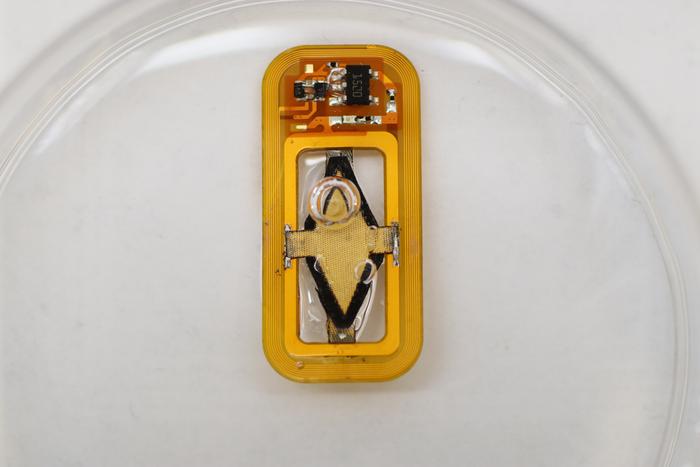
Engineers at Massachusetts Institute of Technology (MIT) have unveiled an innovative implantable device aimed at revolutionising the treatment of type 1 diabetes.
The device not only houses hundreds of thousands of insulin-producing pancreatic islet cells but also incorporates a built-in oxygen factory – a crucial feature that overcomes a significant obstacle in diabetes treatment.
The main challenge in treating Type 1 diabetes has been the limited lifespan of implanted pancreatic islet cells.
These cells, responsible for insulin production, tend to run out of oxygen after implantation, leading to a cessation of insulin production.
MIT researchers have tackled this issue with their newly-designed device.
The device, described as a “living medical device,” not only harbors a vast quantity of islet cells but also incorporates an electronic life support system that generates oxygen by splitting water vapor present in the body.
When implanted into diabetic mice during experiments, the device effectively maintained stable blood glucose levels for at least a month.
Professor Daniel Anderson of MIT’s Department of Chemical Engineering, said: “You can think of this as a living medical device that is made from human cells that secrete insulin, along with an electronic life support-system.
“We’re excited by the progress so far, and we really are optimistic that this technology could end up helping patients.”
Typically, individuals with Type 1 diabetes need to carefully monitor their blood glucose levels and administer insulin injections daily.
However, this manual process cannot replicate the natural regulation of blood glucose levels by a healthy pancreas.
Transplanting islet cells from human cadavers or stem cells has shown promise but often requires the use of immunosuppressive drugs to prevent rejection.
The MIT team’s device, about the size of a US quarter, takes a different approach by generating oxygen through water splitting using a proton-exchange membrane.
The operates with minimal voltage, harnessing resonant inductive coupling for wireless power transfer from an external coil, which could potentially be worn as a patch on the patient’s skin.
During testing in diabetic mice, the oxygen-generating device maintained normal blood glucose levels, while mice receiving the non-oxygenated device experienced hyperglycemia within two weeks.
The device exhibited success in controlling blood glucose levels despite the formation of scar tissue around the implant.
The new approach holds the potential to extend beyond diabetes treatment, offering a platform for delivering cells that produce various therapeutic proteins required over extended periods.
The researchers demonstrated that the device could also support cells producing erythropoietin, a protein stimulating red blood cell production.
Looking ahead, the MIT team plans to adapt the device for testing in larger animals and eventually in humans. 4
Their vision includes developing a human-sized implant about the size of a stick of chewing gum.
They also aim to explore the device’s capability to remain in the body for more extended periods, offering hope for a revolutionary treatment not only for diabetes but possibly for other diseases requiring sustained protein delivery.
David H. Koch Institute Professor at MIT, Dr Robert Langer said: “We are very excited about these findings, which we believe could provide a whole new way of someday treating diabetes and possibly other diseases.”
Image: Claudia Liu and Dr. Siddharth Krishnan, MIT/Boston Children’s Hospital




